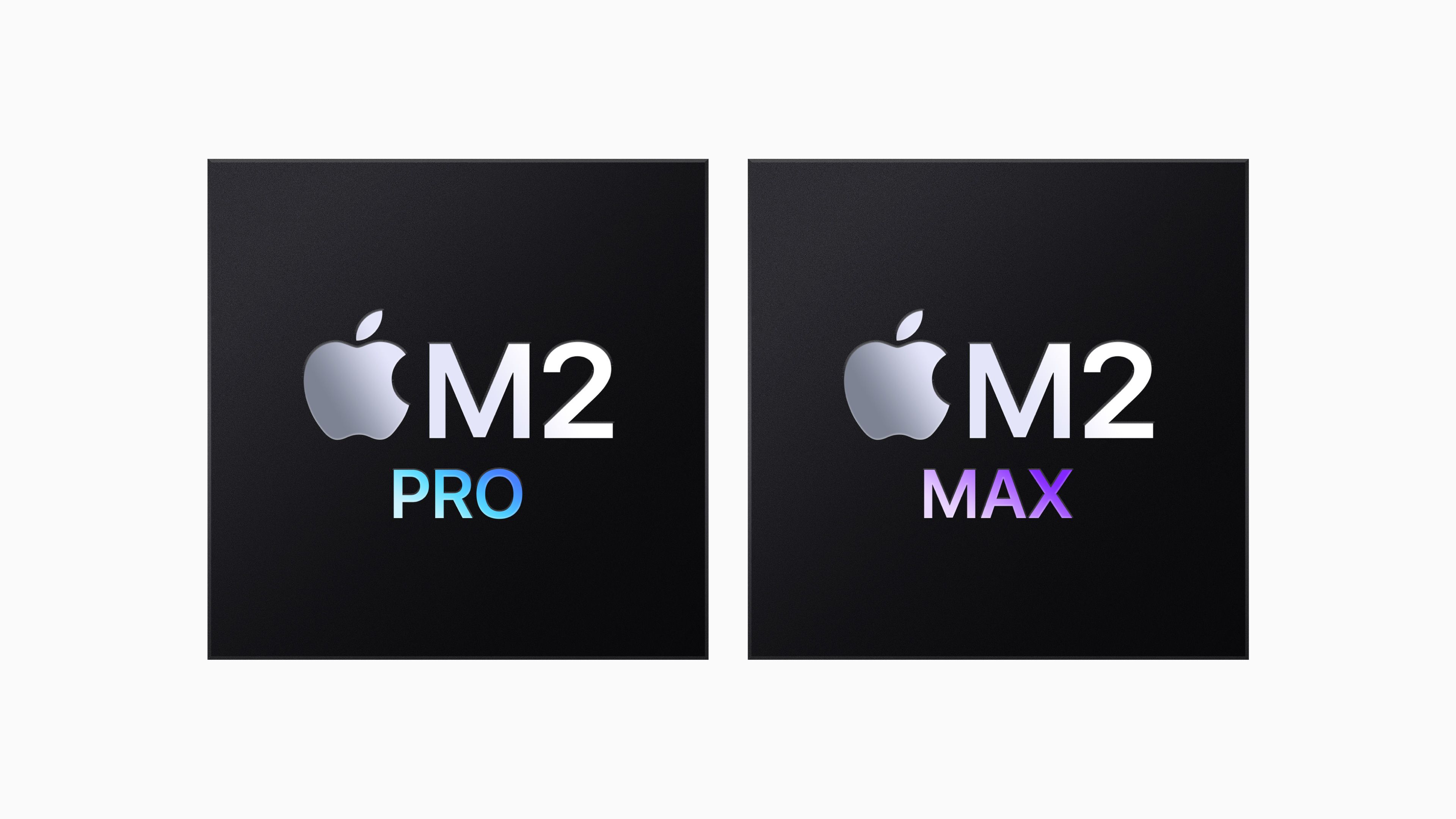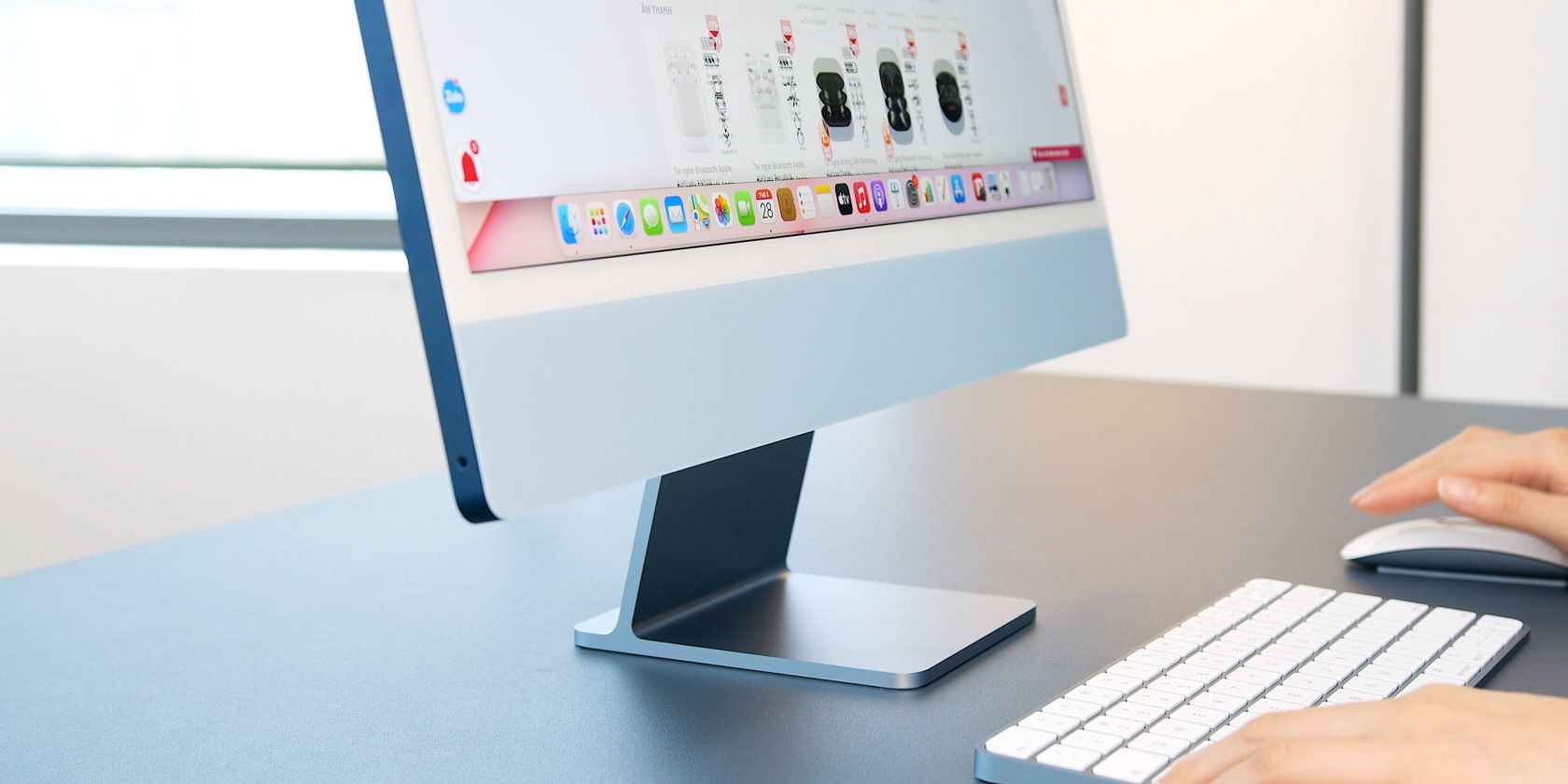Key Takeaways
- A higher-end iMac model with a more powerful Apple silicon chip would cater to the demands of high-end users, providing increased performance and the ability to connect to multiple external displays.
- The white bezels on the 24-inch iMac stand out as a flaw in an otherwise stunning design, so a high-end model with black bezels would be a welcome addition.
- The 24-inch iMac’s smaller display size may feel constraining to users accustomed to larger screens, so introducing a larger version would fill a gap in Apple’s desktop lineup.
- The 24-inch iMac lacks sufficient ports, requiring users to rely on adapters. Offering more ports would enhance usability, even if it meant sacrificing a thinner design.
Apple last updated its iMac lineup in 2021 with the 24-inch iMac model, featuring an overhauled design, Apple silicon M1 chip, and multiple color options. Even though the M1 iMac is still a compelling option for mainstream consumers, many high-end consumers still miss the discontinued iMac Pro.
So, we believe there’s room for a much better iMac in Apple’s lineup. And here’s what the company can do to meet the demands of high-end users.
1. Offer a High-End Apple Silicon Chip
Apple made an interesting change with the 2023 Mac mini, allowing customers to opt for a model with the M2 Pro chip, usually reserved for higher-end MacBook Pro models. This was a unique move from Apple because the Mac mini is the entry-level desktop it offers, mainly due to its $599 starting price and specifications.
Apple could pack a similar higher-end Apple silicon chip in the 24-inch iMac for users who want the all-in-one design but demand more power for their workflows. The M2 Pro chip would not only make the 24-inch iMac a lot more powerful performance-wise but also let users connect an iMac to two external displays since the standard M1 and M2 chips are limited to supporting only one.
Lastly, the machine could support up to 32GB of unified memory, compared to a maximum of 24GB with the M2 chip. Having more memory on board would allow iMac owners to have more applications open while maintaining optimal performance. It certainly would be great to see an even more powerful chip in the 24-inch iMac, similar to what the Mac mini offers.
2. Replace the White Bezels
While the impossibly thin design of the iMac is undoubtedly impressive, it came with two controversial design choices; the continuation of the front chin and the white bezels. Apple has black bezels on all of its other devices, which is generally considered less distracting to look at when you are using the screen. The black bezels also blend into the display since the screen is black when turned off.
The white bezels on the 24-inch iMac certainly stand out as a flaw in an otherwise stunning design. So, a higher-end iMac model with black bezels would be a perfect addition to Apple’s lineup.
3. Introduce a Larger Version
When Apple introduced the Mac Studio and Studio Display in 2022, it discontinued the 27-inch iMac, leaving the 24-inch iMac as the only all-in-one computer in Apple’s lineup. Its smaller display size can feel constraining, primarily if you are used to larger screens and utilize one for work. In addition, some users still want a larger all-in-one computer from Apple.
We think there’s a gap in Apple’s desktop lineup for people who want a desktop with a large screen but don’t want to spend the money on a Mac Studio and an external display. In fact, the price tag is one of the reasons why the Mac Studio and Studio Display don’t replace the 27-inch iMac.
While the M1 iMac has a bigger display than the Intel model it replaced, users who loved the 27-inch iMac would undoubtedly appreciate a larger model.
4. Offer More Ports
Apple’s other desktops, namely, the Mac mini, Mac Studio, and Mac Pro, offer almost all the ports one would need. Unfortunately, that’s not the case with the 24-inch iMac. The base model M1 iMac, which we recommend avoiding, packs just two USB-C ports and a headphone jack. You can get two more USB-C ports and a Gigabit Ethernet port if you pay an additional $200 for the mid-tier model.
So, if you want to connect an SD card or an external monitor via HDMI, you’ll have to rely on an adapter, which is disappointing for a desktop user. However, it’s possible that adding more ports could mean that the iMac would need to feature a thicker design, as some ports, like USB-A, are longer than the iMac itself.
A High-End iMac Is What Apple’s Lineup Needs
Even though the M1 iMac is an excellent desktop for the average user, there are some changes that Apple could implement to make it more appealing to high-end consumers and content creators. Hopefully, we see at least some of these changes in the next iteration of the iMac.
In the meantime, if you’re looking for an Apple desktop that offers more performance than the 24-inch iMac, consider checking out the Mac Studio or the M2 Pro Mac mini.




